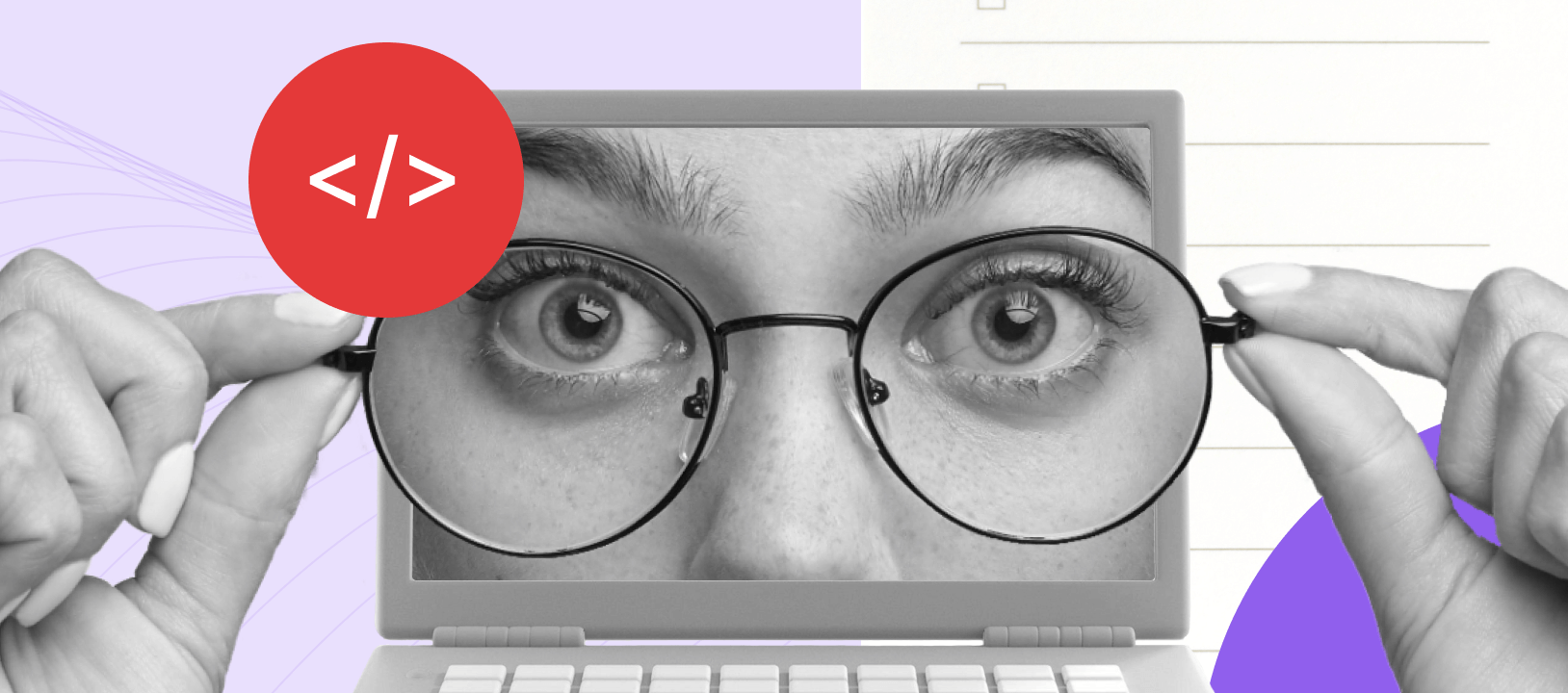The use of Computer Vision in airport security has brought significant innovation to airport and plane operations. With the help of AI and Computer Vision, airports now deliver more safe and personalized experiences to their passengers and employees. From security to flight check-ins, baggage claim, and even plane inspections — every step of the journey will be touched by AI and Computer Vision in the foreseeable future.
Airport security now

A Computer Vision system with real-time object tracking capability can monitor the behavior of large groups of people. Computers can keep detailed records of the people flow through certain areas, allowing security personnel to predict and quickly respond to crowds or isolated situations. In addition, such a system enables the ability to identify potential suspects through suspicious movement patterns.
Due to the security impact, airports are now using AI, CV, and IoT devices to simplify flight pre-boarding check-ins. Branded mobile apps and ticketing kiosks have shown promising results and today you can see many airlines adopting similar features and taking the experience to a whole new level. Also, airports are using CV solutions for one-to-one facial matching as well as one-to-many facial recognition to enhance biometrics capabilities at the checkpoints.
Real-time passenger flow monitoring has applications beyond security, extending also to operational efficiency. Advanced computer vision systems have the potential to transform the way airports manage queuing areas, providing actionable insights that optimise staff allocation and reduce passenger wait times. Our Queue Monitoring Systems case study illustrates how AI-powered queue analysis can deliver tangible improvements in airport throughput and customer satisfaction.
Passenger Inspections

In the near future, CV-based machines are likely to be able to look at a passport photo, take a picture of it and access the social graph linked to your ID. This can remove unnecessary human interaction as systems would be able to trace your digital footprints or phone calls to banned countries. This could be done by collecting data from security screenings, behavioral tracking, booking and travel history, and other sources. This way security departments could identify risky behavior based on end-to-end data. This technology could quickly detect terrorist behaviors or disgruntled passengers.
AI and CV-powered technology could detect weapons more accurately than the human eye. Such technology is able to detect metallic and non-metallic weapons including guns, knives, explosives, and so on — even ceramic knives and plastic explosives. By capturing and building 3D images of passengers, it could identify any items on a person’s body that don’t belong. Then the system analyzes those images and searches for any weapon signs under the clothing. It could also detect weapons in bags or luggage as well.
Baggage Screening

X-Ray Check — combining CV, x-ray imaging with array-processing and image-analysis software, and IoT devices, it becomes possible to automatically detect and identify explosives. The system produces cross-sectional tomographic images of a baggage’s content by imaging multiple slices. Then it reconstructs the slices and displays relative densities of individual objects within each slice. The system’s throughput rate can be from 260 bags/hour to 500 bags/hour which dramatically cuts all the security checking time for baggage.
Bag labels — CV enabled cameras can read luggage labels to enhance sorting speed which empowers remote processing of baggage.
Bag classification — through AI-based computer vision, classification, and detection systems, airports will be able to fully automate luggage handling processes. Such systems can replace manual lines with robotic loading to enable bag routing.
Plane Inspections

Computer Vision systems are striving to significantly improve aircraft inspection efficiency while providing operators with a better understanding of airframe integrity and safety. However, they can’t execute this in a silo — to deliver these gains, computer vision systems must coexist with technicians and engineers.
Aviation maintenance has one primary focus: to return aircraft into service as efficiently as possible while ensuring top-notch safety. One of the most common tasks is to inspect the aircraft for dent damage after hailstorms, bird strikes, and/or ground-support equipment collisions. To do it faster and ensure that dents are within allowable tolerance limits, specialists use 3D optical metrology equipment coupled with Augmented Reality. It is materially more accurate than standard tools, such as dial gauges or dial-test indicators.
This 3D equipment uses the principle of triangulation and records hundreds of surface images. Then the recorded image sequence generates a 3D topology map of the surface with its precise conditions. Using this map, specialists can easily and quickly identify any surface issues.
In conclusion

Using AI and Computer Vision security tools like body scanners, behavioral analysis, or facial recognition can make people concerned about their privacy. That said, it dramatically increases everyone’s safety and as a bonus makes for a much more relaxing experience.
With the power of technology, in the near future, airports will only keep improving our security and provide a better customer experience for travelers. However, making that vision a reality means investing wisely. CV-powered security solutions require careful cost planning and a clear understanding of hardware, software, and integration expenses. For more information on the full range of cost factors, infrastructure requirements, and ROI calculations for computer vision projects, please refer to our comprehensive Computer Vision Price Guide Every Business Needs. This guide also includes a downloadable Computer Vision Project Kickoff Checklist, designed to streamline the initiation process for your project.
Want to learn more about Computer Vision capabilities? Check out our Sports Analytics Software that allows evaluating athletes’ performance and helping them improve their training routines.
We are always eager to share our best practices and wide open to learn something new, so if you have any questions or ideas — feel free to write to us. Let’s develop the world together!









